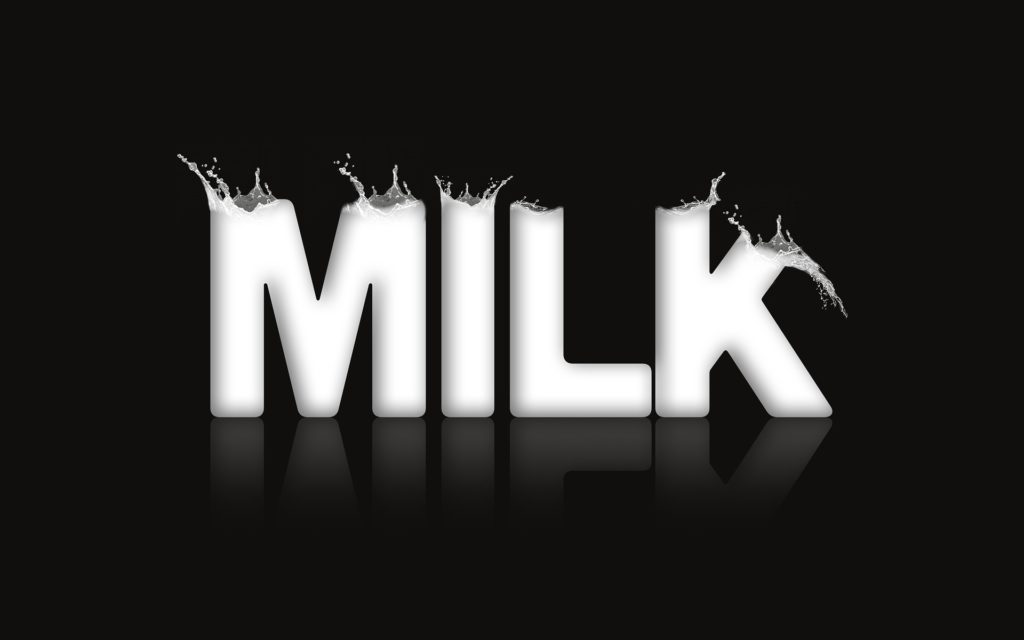Question: What is skim milk?
Answer: Milk is classified based on the fat percentage that it holds. When you have shopped for milk at the grocery store you have likely noticed that there are four main types of milk: skim, 1%, 2% and whole milk. Skim milk is produced the same way as other milk products in terms of homogenization and pasteurization. However, skim milk holds the least amount of fat, while 1% holds slightly more, and so on.
If you have ever seen whole raw milk that has been sitting undisturbed for some time, you have probably noticed that the milk fat floats to the top. When skim milk is created, this fat is skimmed away leaving very little fat in the final skim milk product. Skim milk is often referred to as fat-free milk. However, skim milk is not technically always free of fat and can have up to .5 percent fat and still be considered skim milk, per U.S. regulations.
Skim Milk Nutrition
The lack of fat or minimal fat in skim creates a lower calorie product in comparison to other milk with higher fat content. Let’s take a look at the calories and other nutrition facts between the different types of milk. You will find that skim milk contains approximately 65 fewer calories than whole milk.
| Type | Serving Size | Calories | Total Fat (g) | Saturated Fat (g) | Cholesterol (mg) | Sodium (mg) | Potassium (mg) | Total Carbohydrate (g) | Fiber (g) | Sugar (g) | Protein (g) | Calcium |
|---|---|---|---|---|---|---|---|---|---|---|---|---|
| Skim | 1 Cup | 86 | .4 | .3 | 5 | 127 | 400 | 12 | 0 | 12.5 | 8.4 | 30% |
| 1% | 1 Cup | 102 | 2.4 | 1.5 | 12 | 107 | 400 | 12 | 0 | 12.7 | 8.2 | 29% |
| 2% | 1 Cup | 122 | 5 | 3 | 20 | 115 | 400 | 12 | 0 | 11 | 8 | 29% |
| Whole | 1 Cup | 150 | 8 | 5 | 35 | 125 | 400 | 12 | 0 | 12 | 8 | 30% |
While it may seem like skim milk is the best choice for a healthy diet, there is evidence that suggests that higher fat milk may be better for your health.
A recent study found that high-fat dairy consumption may actually lead to weight loss with no link to obesity while diets with low-fat dairy consumption were associated with a higher risk of obesity.
While studies still need to be performed to find a clear answer to why higher fat dairy purportedly leads to a lower obesity risk, one explanation is satiety. Many people believe that the richness of whole milk keeps them full longer which prevents often unnecessary eating. Skim milk, on the other hand, is less filling which makes it easier to snack on additional unneeded foods.
Additional, there is evidence to show that conjugated linoleic acid (CLA), a fat found in milk, may help greatly reduced the risk of certain types of cancer. Remove the fat from milk as skim milk does and you do not obtain the potential benefits of CLA.
Furthermore, there is research that shows that people who intake a diet of full-fat or high-fat dairy have a decreased risk of obtaining type 2 diabetes. A study found a 23 percent reduction in developing type 2 diabetes among people who consumed the most high-fat dairy [source].

